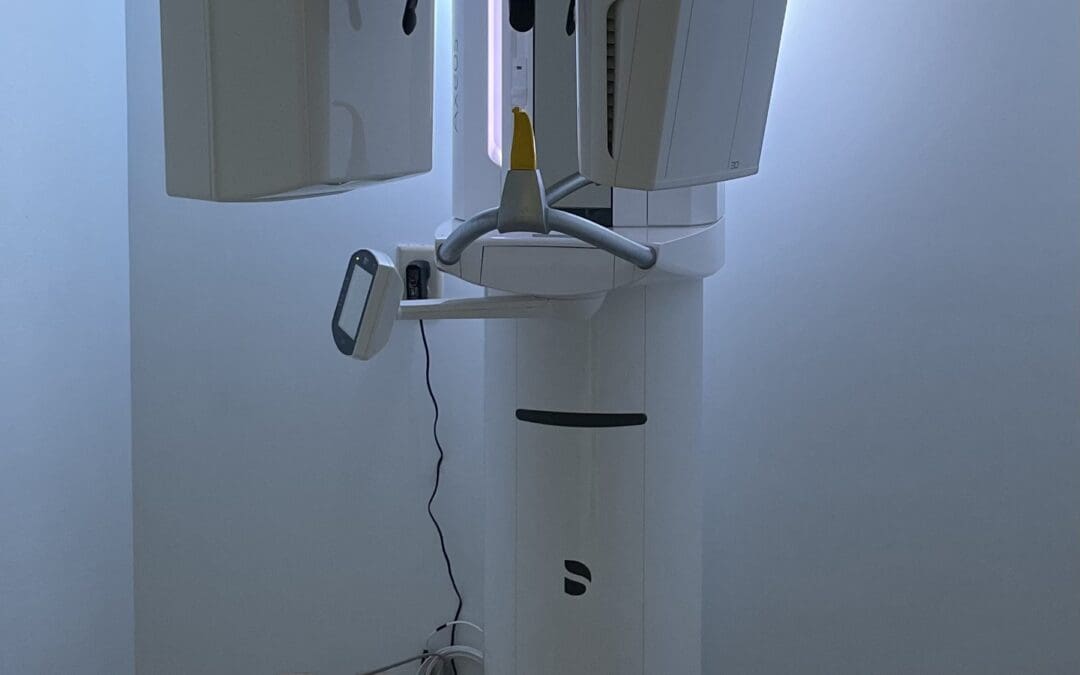Unlike traditional dental X-rays, Cone-Beam Computed Tomography (CBCT) Systems capture up to 1400 individual images during a single rotation and convert them into a high-resolution 3D image. The detailed 3D image provides dentists a superior overall view of the entire mouth, jaw, nasal and throat areas, including soft tissue and nerves. It has broad clinical applications, including dental implant planning, visualization of abnormal growths, cleft
palate assessment, caries (cavities) detection, endodontic (root canal) diagnosis, vertical & horizontal root fractures, TMJ evaluation, as well as examination of dental trauma, bone loss and infection.
Parkview Dental Associates recently became the first dental clinic in the Sun Prairie and surrounding area to adopt state-of-the-art Axeos CBCT by Dentsply Sirona, which provides the most advanced and fullest range of clinical diagnostic functions out of all Dentsply Sirona extraoral X-ray devices.
There is an ongoing fundamental conflict when trying to capture a successful medical or dental X-ray. The goal is to achieve maximum image quality while keeping the radiation dosage as low as possible. The optimized Intelligent Low Dose Mode of Axeos CBCT with a dedicated copper filter enables excellent visibility of dense structures at a greatly reduced dose of radiation. The Direct Conversion Sensor (DCS) technology revolutionizes the standard of panoramic imaging in that X-rays are converted directly into electrical signals with no signal loss due to light conversion. The result: images with a high level of sharpness and contrast even at an extremely low radiation dosage.
The main benefits of Axeos CBCT technology include:
- Better image quality and accuracy, which allows more accurate measurements and translates to better clinical outcomes
- 3-D overview, which allows for better diagnosis and treatment planning
- Assessment bone quality, which is critical to ensure implant success
- Reduced Exposure to Radiation
The benefits of Axeos CBCT render it a terrific option for implant dentistry, as it ensures safe and predictable treatements. It is essential to gather as much knowledge as possible before performing a procedure like a dental implant. Potential problems can be addressed beforehand, and the implant procedure may even be deemed unsafe and avoided altogether based on the information revealed by a scan. Axeos CBCT allows the dentist to measure and localize the available jawbone, making it possible to create a complete virtual model of the patient’s soft tissues, bones and teeth, and perform a virtual implant placement with accuracy and precision. This helps the dentist design an appropriate restoration before the implant is placed. The dentist also uses the scan to map out the sensory nerves and determine proper implant size to minimize risk of nerve damage. Axeos CBCT also provides an accurate picture of the location of the maxillary sinus so that the appropriate implant length can be selected to prevent sinus penetration.

